Eczema types: Atopic dermatitis: Tips for coping
Coping with eczema
Learn tips to reduce your atopic dermatitis symptoms.
Is atopic dermatitis sidelining your ability to play sports? These tips from adults who have AD can help you regain your active lifestyle.
10 lifestyle changes that can relieve symptoms
While it can seem that nothing will relieve the discomfort, you can ease symptoms of atopic dermatitis (AD). Here are some easy-to-make changes that dermatologists recommend:
Moisturize after bathing and when your skin feels dry. Keeping your skin hydrated helps form a barrier between you and the world. To avoid irritating your skin, use a fragrance-free cream or ointment instead of a lotion.
Choose fragrance-free skin care products. Fragrance can cause an AD flare-up. To avoid this, only use products labeled “fragrance free.” You may see the word “unscented” on a product label. Avoid these, too. Unscented means that the fragrance has been masked. Although you won’t smell the fragrance in an unscented product, a masked fragrance can still trigger a flare-up.
Test all skin care products before using them. While fragrance often causes AD to flare, other ingredients in skin care products can also cause a flare-up. To test a product, apply a small amount to skin without AD. Leave it on your skin for 24 hours. If your skin remains clear after 24 hours, it’s less likely to cause a flare-up.
Bathe daily, taking a 5- to 10-minute bath or shower in lukewarm (never hot) water. A short bath or shower helps hydrate the skin. When you apply your moisturizer within 5 minutes of bathing, this helps to lock in the moisture.
Learn what causes AD to flare and figure out how to avoid those triggers. Skin with AD is very sensitive, so many everyday things can cause a flare-up. Finding what triggers your (or your child’s) flare-ups and avoiding them can help reduce flare-ups. You can learn how to find triggers by going to the following page. NOTE: Although the following information is geared to helping parents find childhood triggers, anyone can use these dermatologists’ recommendations to help find their triggers. Eczema triggers
Wear loose-fitting 100% cotton clothing. Cotton is less irritating and let’s your skin breathe. To avoid flare-ups, avoid wearing tight clothing, and never wear wool next to your skin.
Using 100% cotton towels and sheets can also help reduce flare-ups.

Wash clothing in detergent that is fragrance free and dye free. The fragrance and dye can trigger a flare-up.
Do this before wearing new clothing. You can avoid flare-ups from the tags, seams, and finishers in new clothing by:
- Washing new clothing before you (or your child) wears it.
- Be sure to use a fragrance-free, dye-free detergent.
- Buying clothing without tags or removing the tags.
- Covering seams that irritate your skin with silk
Protect your skin from extreme temperatures. Cold temperatures can dry your skin, which can make AD flare. When you get overheated and sweat, the sweat can also trigger a flare-up.
Partner with a board-certified dermatologist, who can create a treatment plan that works for you. With eczema-friendly skin care, trigger management, and medication or light therapy as needed, most people can control AD. Dermatologists have experience creating these tailored treatment plans.
You’ll find more information that can help you manage AD at the Eczema Resource Center.
Related AAD resources
Images
Getty Images
References
Hilton L. “Lifestyle recommendations may curb eczema symptoms.” Dermatol Times. January 10, 2020. Last accessed January 31, 2020.
McAleer MA, O’Regan GM, et al. “Atopic dermatitis.” In: Bolognia JL, et al. Dermatology. (fourth edition). Elsevier, China, 2018: 208:27.
Sidbury R, Tom WL, et al. “Guidelines of care for the management of atopic dermatitis Section 4. Prevention of disease flares and use of adjunctive therapies and approaches.” J Am Acad Dermatol 2014;71:1218-33.
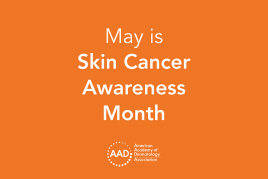 Think sun protection during Skin Cancer Awareness Month
Think sun protection during Skin Cancer Awareness Month
 How to care for your skin if you have lupus
How to care for your skin if you have lupus
 Practice Safe Sun
Practice Safe Sun
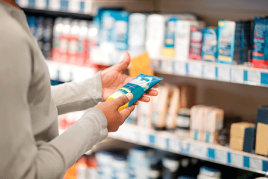 Sunscreen FAQs
Sunscreen FAQs
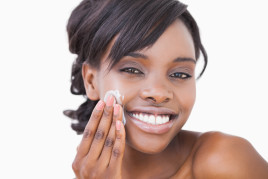 Fade dark spots
Fade dark spots
 Hidradenitis suppurativa
Hidradenitis suppurativa
 Laser hair removal
Laser hair removal
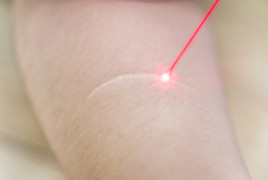 Scar treatment
Scar treatment
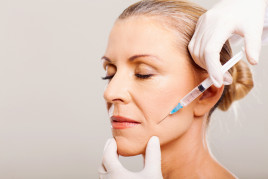 Botox
Botox
 Kids' camp - Camp Discovery
Kids' camp - Camp Discovery
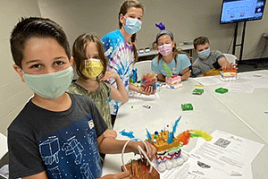 Dermatologist-approved lesson plans, activities you can use
Dermatologist-approved lesson plans, activities you can use
 Find a Dermatologist
Find a Dermatologist
 Why choose a board-certified dermatologist?
Why choose a board-certified dermatologist?